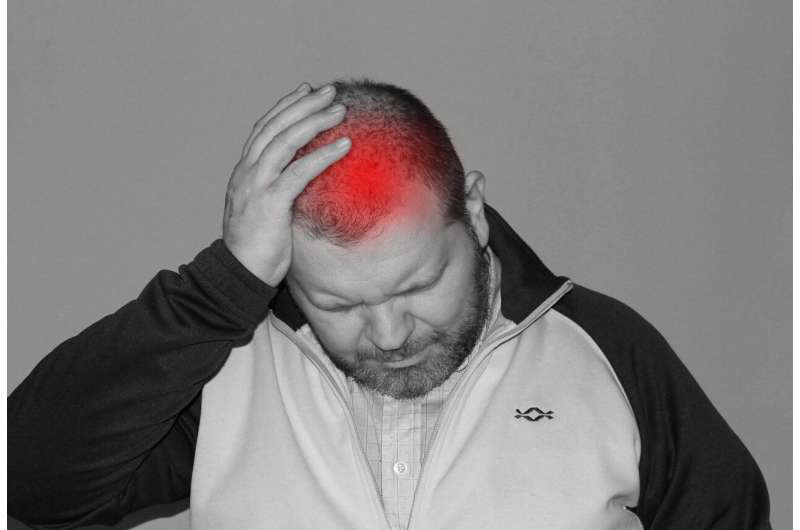Credit: Pixabay/CC0 Public Domain
Migraine is a genetic neurologic disease that often goes undertreated. It's more than a typical headache. Sometimes migraine headaches come with pain so intense they can interrupt day-to-day activities.
The good news says Dr. Amaal Starling, a Mayo Clinic neurologist, is newer migraine headache treatment options are available that are more effective and better tolerated.
"Migraine is abnormal function in the brain. And this abnormal function results in abnormal sensory processing," says Dr. Starling.
And the most common sensation processed is pain. That's why prevention is ideal. One option is a family of drugs called calcitonin gene-related peptide, or CGRP, monoclonal antibodies.
"We're using that technology to create antibodies designed to target one specific protein," Dr. Starling says. "They're highly specific. It's basically like putting a treatment in a car and giving it a GPS to go directly to one part, in this case, the nervous system and reduce that activity of that protein."
Another treatment option is stimulating the vagus nerve.
"There is a noninvasive vagus nerve stimulation device that we use for the treatment of migraine to try to reduce the frequency as well as severity of attacks when they do occur," she says.
If prior treatments didn't work, it may be time to try again.
"It's important to re-engage with your health care professionals because we have so many more options that are available now that are better tolerated," says Dr. Starling.
2022 Mayo Clinic News Network.
Distributed by Tribune Content Agency, LLC.























